In recent days, Southern California has been experiencing a series of frequent earthquakes, underscoring the urgency of the situation.
On May 31, Ojai was hit by a 3.6-magnitude quake. Two quakes of similar magnitude struck under El Sereno in East Los Angeles, and another three occurred near Newport Beach and Costa Mesa.
The Power of Earthquakes
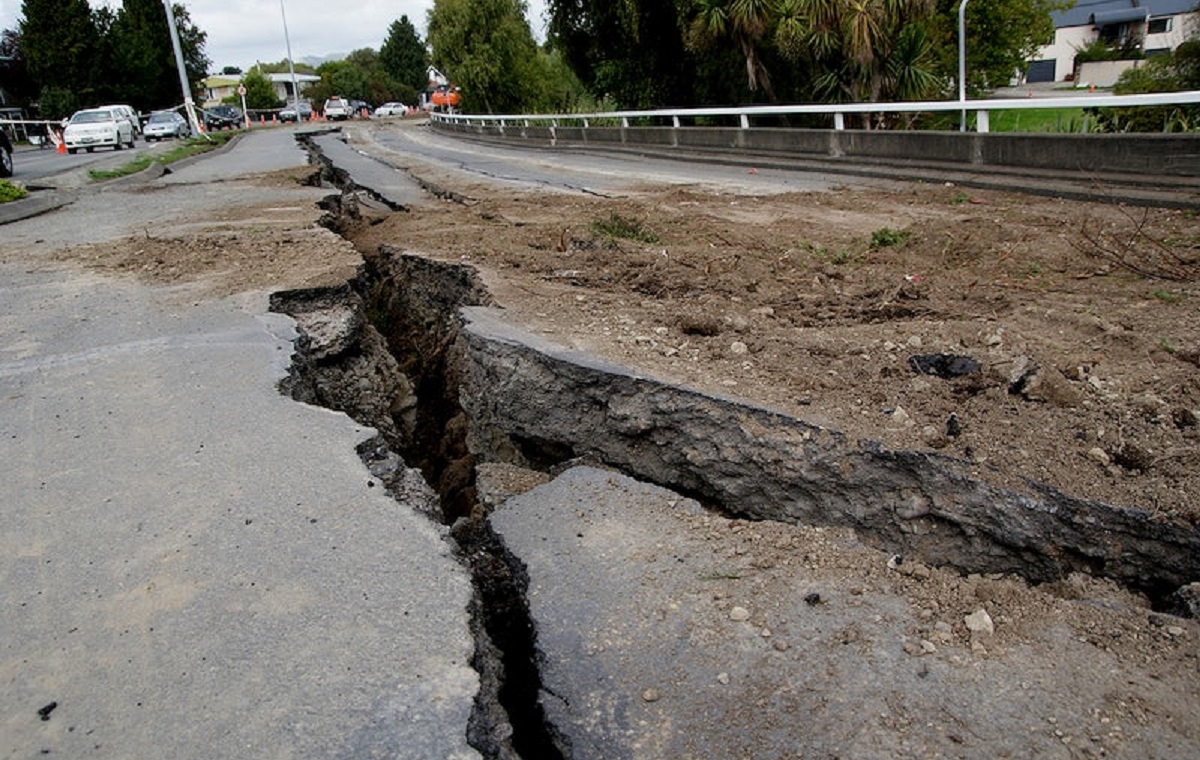
Earthquakes can lead to some of the most devastating and terrifying natural disasters of the modern era.
Generally, they occur when the plates, which comprise the Earth’s crust, slip past one another. The area where they slip is referred to as the fault or fault plane. Following this, seismic waves extend outwards from the fault, causing the planet to shake violently.
The Dangers of an Earthquake
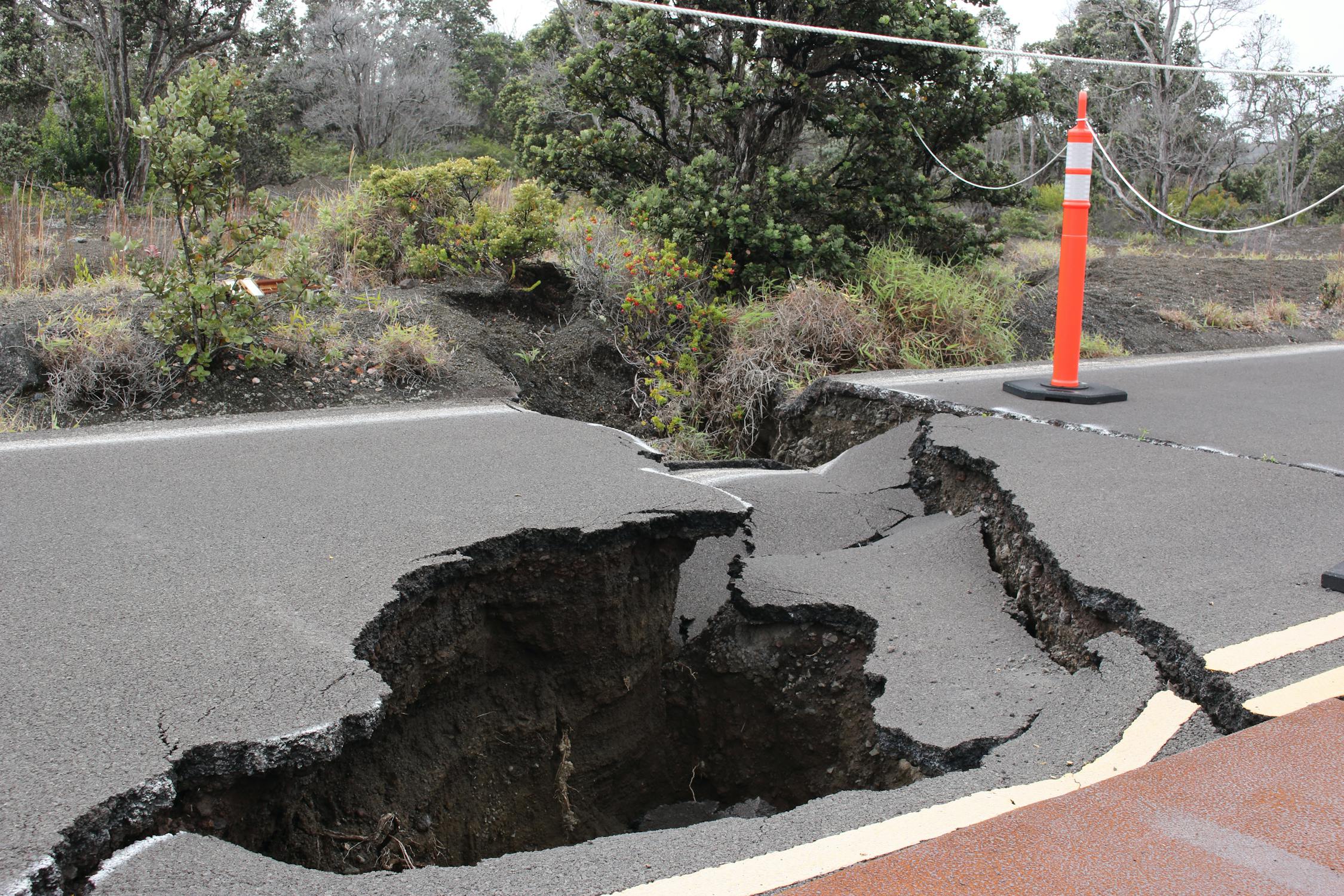
The hazards that arise during and after an earthquake typically come from man-made structures, especially those in a city. As the seismic waves extend outwards from the source, they begin to shake buildings. Unfortunately, some are unstable, and they begin to collapse.
The real dangers are those who become trapped in the buildings as they begin to crumble under the pressure. Flooding and landslides can also become major problems during earthquakes.
California Has Always Been Earthquake Prone

Unfortunately, several places around the world are more prone to earthquakes, whereas others, such as Ireland, experience very few due to its fairly thick lithosphere.
Conversely, certain places in the United States are relatively prone to earthquakes, and the state of California is no stranger to seismic waves, experiencing over 10,000 events each year.
Recent Earthquakes in California
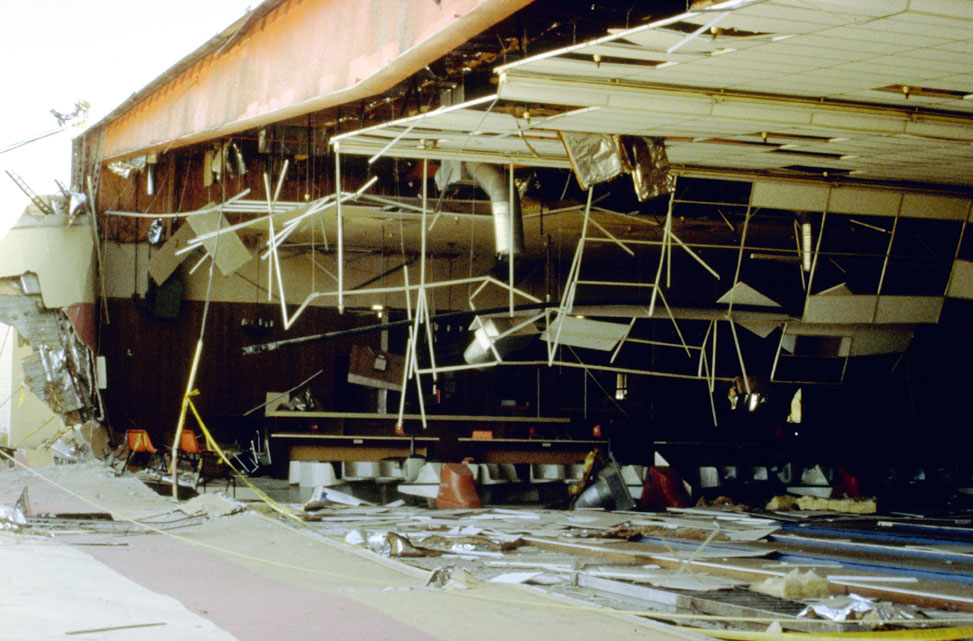
While the state experiences thousands of earthquakes each year, many are small in magnitude and cause little to no damage.
However, around two or three times each year, larger seismic waves are sent out from quakes, which have the capacity to severely damage homes and other larger structures. As of recent, however, the earthquakes have been fairly mild.
Potential Arrival of the Big One

These recent quakes are significantly weaker than historic ones, like the 6.7-magnitude Northridge Earthquake of 1994, which caused unprecedented damage to the region.
This quake caused an estimated $20 billion in damage and killed over 57 people; they raised concerns about the potential arrival of the so-called Big One in a state with numerous active fault lines.
The San Andreas Fault

Wikimedia
The infamous 800-mile-long San Andreas Fault, which runs from near the Mexico border, east past Los Angeles, and up the coast north of Sacramento, is a particular worry.
This fault line is the cause behind some of the largest earthquakes ever recorded in California.
60 Percent Chance of Magnitude 6.7
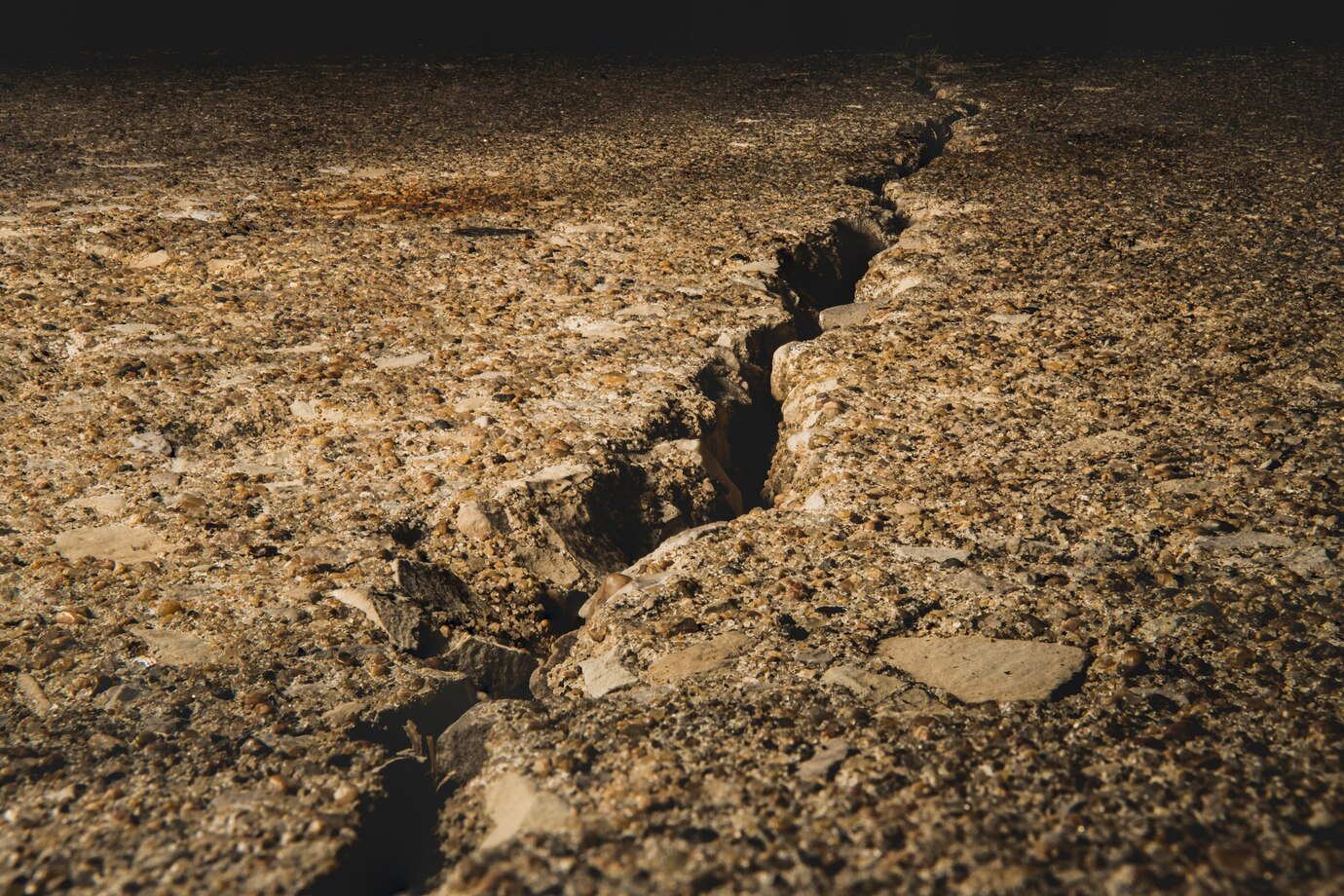
Freepik
Major quakes occur along this fault approximately every 180 years, yet it hasn’t seen a powerful one since 1906.
The US Geological Survey estimates there is a 60 percent chance of a magnitude 6.7 or greater quake hitting the Los Angeles area in the next 30 years.
Overdue for a Big Earthquake
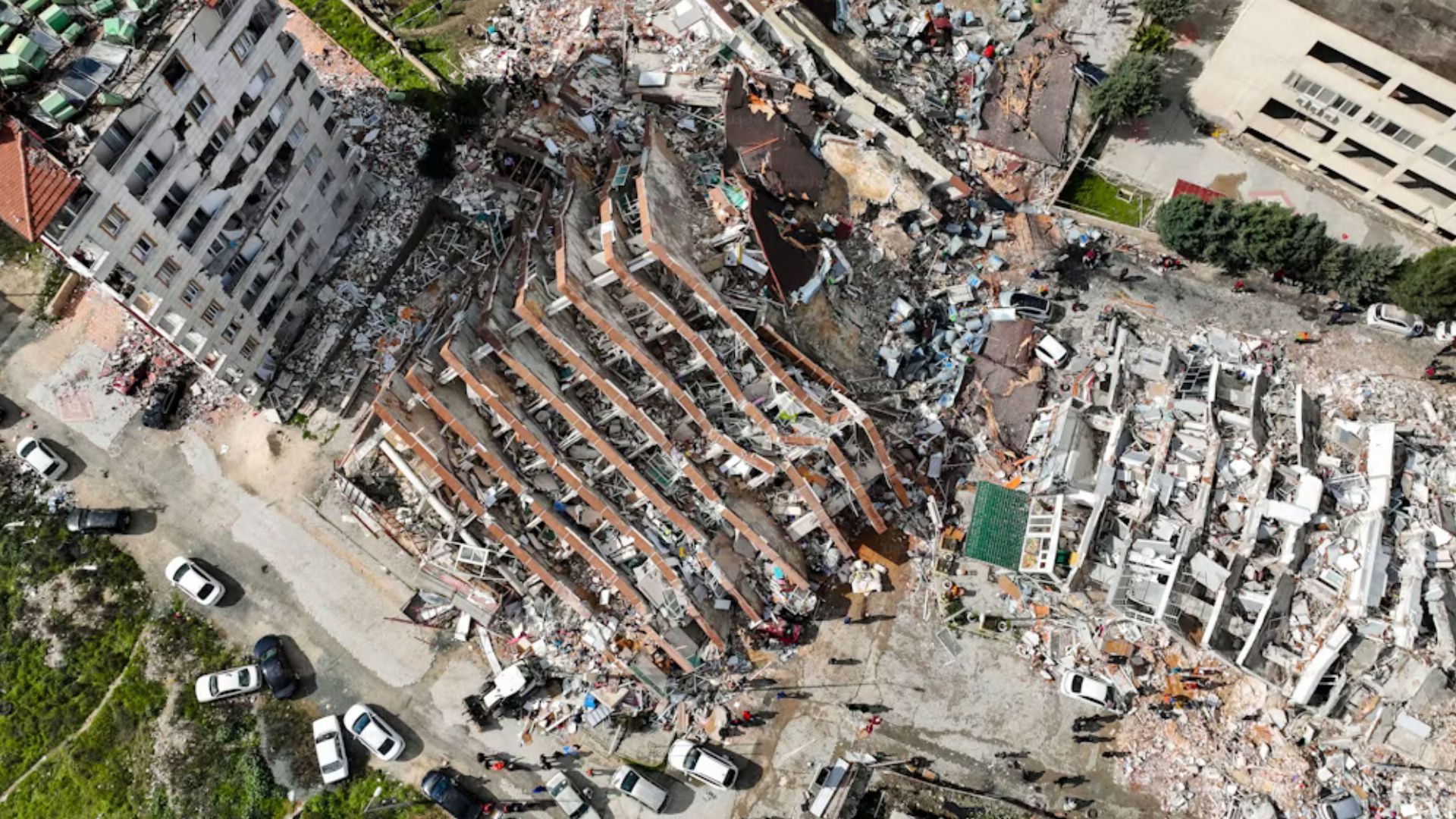
Even more concerning is the Cascadia Subduction Zone, stretching from Northern California to British Columbia, Canada, which is overdue for a significant earthquake based on historical averages.
So, do the recent earthquakes signal something larger? Are they just routine in a state that experiences about 35 quakes a day?
DTLA & OC
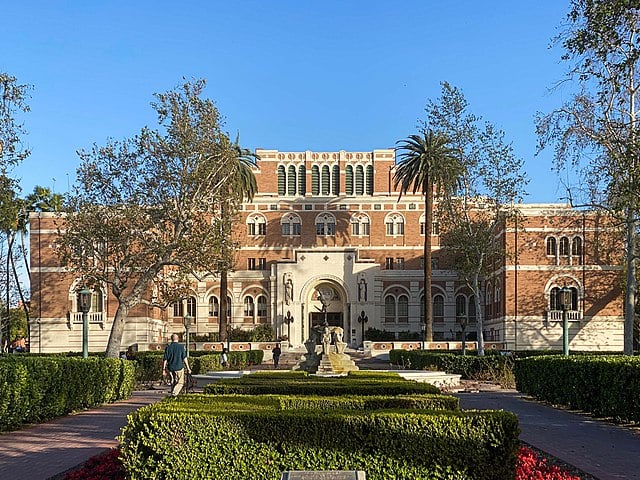
Wikimedia
The El Sereno quakes, for instance, occurred just beneath the Puente Hills thrust fault, which runs under downtown Los Angeles and Orange County.
This fault angles like a ramp, coming closest to the surface near the LA campus of the University of Southern California.
Ten Times the Intensity
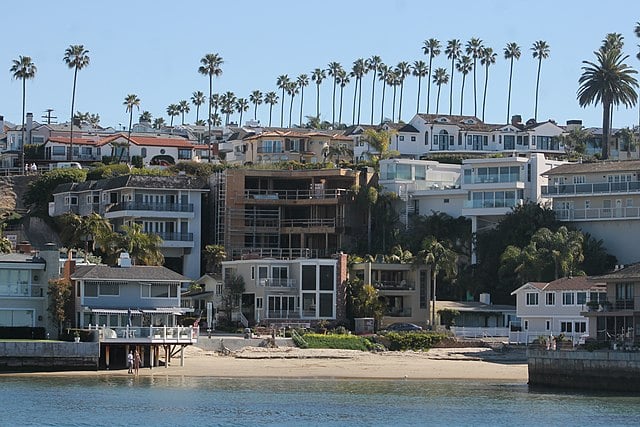
An earthquake here could amplify the intensity up to ten times more than in areas located on bedrock.
The Newport Beach-Costa Mesa quakes occurred near the Compton thrust fault, which could raise the LA River by up to 5 feet in a strong quake, severely impacting city sewer systems.
San Andreas Fault – Sparsely Populated

Wikimedia
Geologists note that there have been six quakes above magnitude 7 along this fault in the last 12,000 years.
Scientists emphasize that instead of focusing solely on the magnitude of the largest quakes, it’s crucial to consider the potential damage to densely populated areas. The San Andreas Fault, despite its notoriety, largely runs through sparsely populated desert regions.
Americans Seldom Think of Large Earthquakes

Glenn Pomeroy, CEO of the California Earthquake Authority (CEA), explained Amercians rarely think of the consequences of larger earthquakes as they seldom occur.
“Because large earthquakes don’t happen very frequently, many people don’t think about them often or fully comprehend the risks,” said Pomeroy during an interview with Forbes.
Significant Damage

Freepik
Dr. Pat Abbott, professor emeritus of geology at San Diego State University, spoke with KSWB last year and explained who would be most in danger if ‘the big one’ occurred.
“In some respects, the ‘big one’ in terms of damages and deaths would be ones running through town rather than one that’s a long distance away,”
6.0 Magnitude Earthquakes

Dr. Abbot went on to discuss the devastating effects of major earthquakes, such as the 1857 and 1906 San Andreas earthquakes.
He also mentioned the 1994 Northridge earthquake, explaining that all were below the 8.0 magnitude considered in “Big One” scenarios but still caused significant damage.
Difficult to Predict Exact Earthquakes
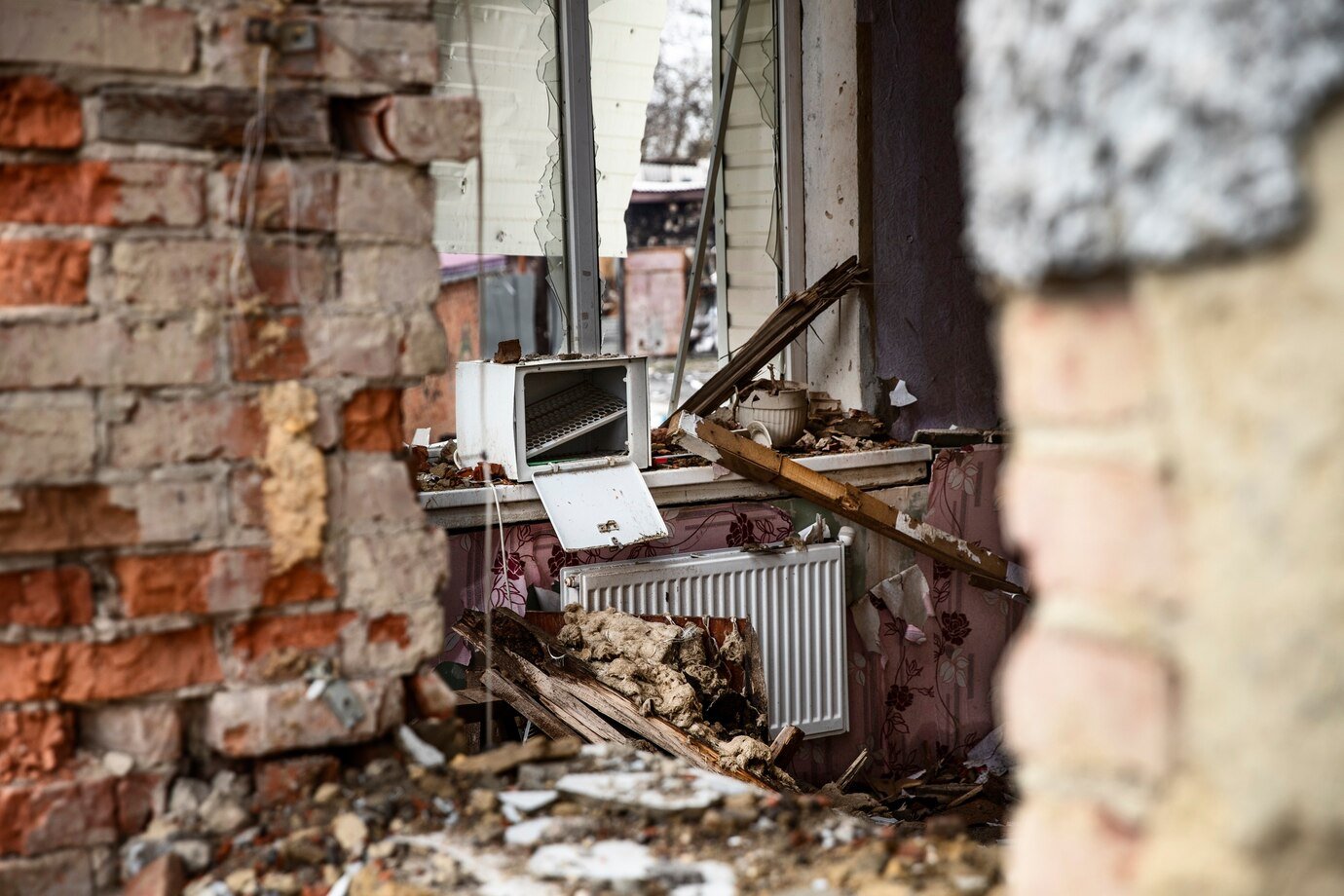
The California Governor’s Office of Emergency Services website sheds light on the difficulties associated with predicting Earthquakes.
“Unfortunately, earthquake prediction remains an extremely challenging endeavor. While scientists can monitor fault lines and detect patterns of seismic activity, they cannot predict exact earthquakes reliably, it said.
What Scientists Can Do Instead

Instead, scientists focus on long-term probability to help high-risk areas prepare for the possibility of a major quake.
According to Caltech Science Exchange, “Probabilities can be calculated based on the average rate of past seismic activity in a region. This technique is particularly useful in regions where earthquakes have been recorded by seismographs, which first came into wide use in the early 1900s.”
“Holy Grail” of Earthquake Science
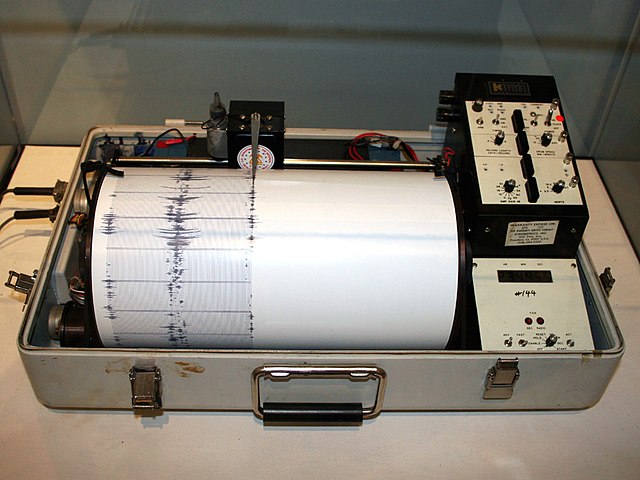
For example, the USGS estimates a 72 percent chance of a 6.7 or greater magnitude earthquake hitting the San Francisco Bay Area within the next 30 years.
Achieving a higher level of precise prediction is considered the “holy grail” of earthquake science, according to University of Washington seismologist Harold Tobin.
Not Yet There

According to Tobin, however, science has not yet discovered a means to accurately predict when an earthquake will occur.
“Science has not yet found a way to make actionable earthquake predictions,” Tobin wrote last year.
Hopeful For Future Predictions

Tobin is hopeful the work of scientists and engineers will be able to come up with a viable way to successfully predict earthquakes in the coming years.
“A useful prediction would specify a time, a place, and a magnitude – and all of these would need to be fairly specific, with enough advance notice to be worthwhile,” he said.
Earthquake Insurance Experiences a Surge

Pomeroy claims the fear of a large earthquake in the near future has led to a significant increase in the purchase of earthquake insurance.
“Although earthquake insurance purchases have gone up, there is still not enough earthquake insurance penetration in California,” Pomeroy says. “Because large, damaging earthquakes don’t happen very often, many people don’t perceive the risks or take steps to be prepared.”
The Vast Majority of Americans Have No Earthquake Insurance

Amy Bach, executive director of United Policyholders, a consumer advocacy group, explains that the vast majority of US homes still do not have any kind of earthquake coverage.
“That still means somewhere north of 80% of the homes in the state will not have insurance funds to make repairs after an earthquake. That’s not a good thing,” says Amy Bach, executive director of United Policyholders, a consumer advocacy group.
Preparedness is Key

Freepik
Until such precise predictive methods are developed, governments can enhance preparedness through measures like digital alert systems, practice drills, and building retrofits.
Meanwhile, individual citizens should have emergency kits ready and follow safety protocols, such as dropping to their knees, covering their head and neck, and holding onto something stable when an earthquake starts.
Getting Ready For the Big One

Several other ways can Californians prepare for the Big One, including downloading the MyShake App. This app provides users with early warning signs of a potential quake in the state.
Taking part in the Great ShakeOut earthquake drill, which occurs every year in mid-October, can also better prepare residents of the state for larger earthquakes.








































